Mullangi Sambar / Radish Sambar recipe is a classic, and of course, an authentic side dish recipe from South India. This sambar is made with the toor dal(lentil), radish, tomatoes, onion, tamarind, and spices.
This lentil dal is tasty and packed with many flavors.
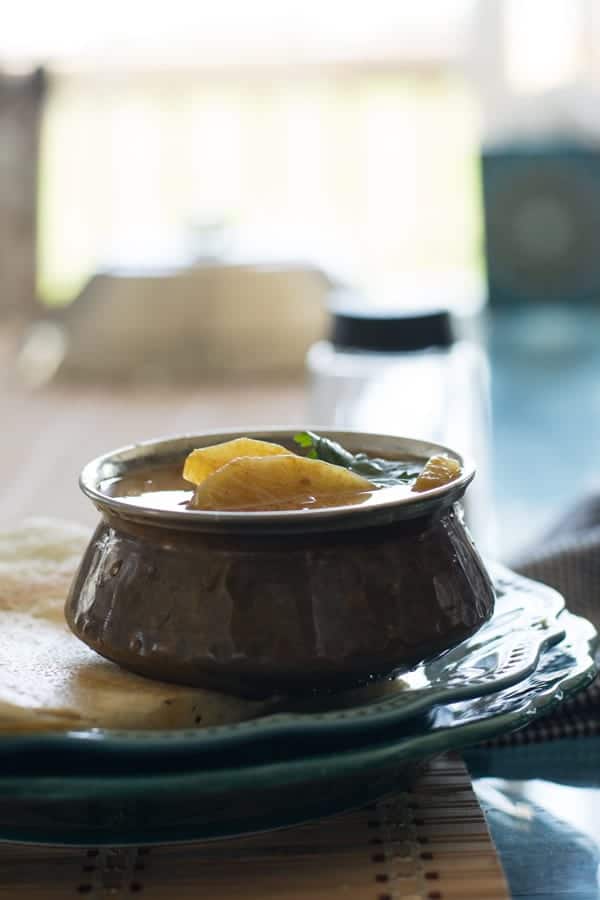
My Love affair with Sambar is never-ending. I did not know when it started, and I did not see when it would end. I would say it is a lifelong connection with Sambar forever.
I make this sambar regularly almost every other week in my cozy kitchen. Whenever I buy a radish from the market, I make a Mullangi sambar.
We love it, preferably at lunchtime. We also like to have it with breakfast dishes. Surprisingly, it matches chapati or roti excellently. So I make Mullnagi sambar in large batches and reserve some for breakfast or dinner.
We eat this as a side dish for almost any main course. This recipe is versatile because it can match any main course.
The taste, the flavors, and the Mullangi sambar are excellent. Once you make it, you will fall in love with its taste. And you will be tempted to make it again and again.
The taste of juicy, spicy radish in the sambar makes it worth attempting at home. The final dish is delicious and worth the time you spend in the kitchen to make the dish.
The essential ingredients for sambar are toor dal and radish. The next ingredient is radish, which needs a separate post to describe its benefits. Radish is high in antioxidants, potassium, and zinc.
For some of you who are wondering what Mullangi Sambar is? Mullangi is only radish, and Sambar is a dish cooked with lentils and many spices. Furthermore, Sambar is a Tamil name for the spicy lentil dal recipe.
This is an Indian Cuisine dish that especially belongs to the Tamil population of Southern India.
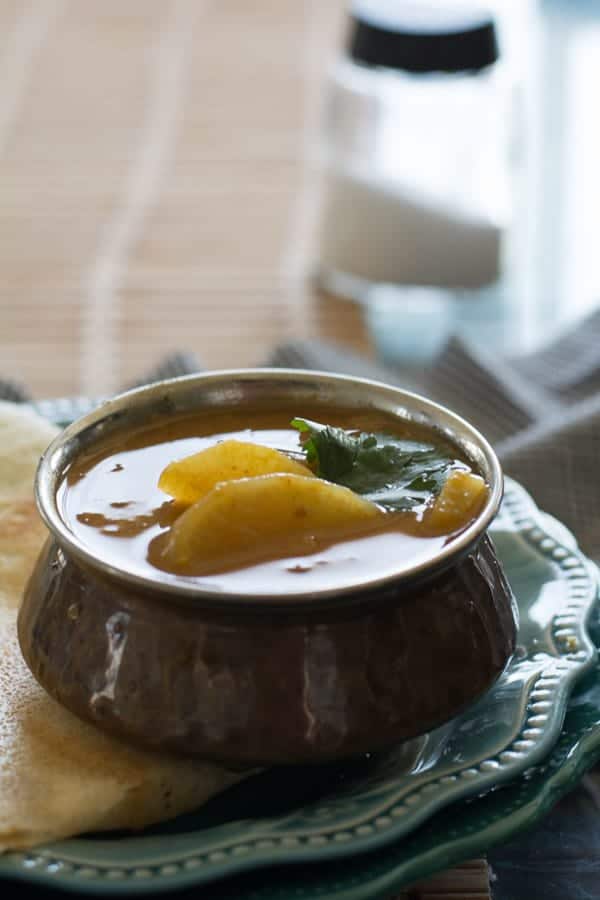
Mullangi Sambar is an authentic and traditional recipe we regularly include. This is a simple, everyday dish that is hearty and delectable. Whenever I buy radishes from the store, the first thing I would make is this dish.
If you ask me what is drumstick sambar and this Mullangi sambar? I would say the basic recipe is similar between the two. But just the vegetable is changed.
However, the flavor and taste of these two different vegetables are tremendous. On the other hand, they follow the same recipe, have the same cooking method, and have the same cooking time.
But the final dish would differ from one another.
Due to globalization and modernization, new dishes and recipes have invaded the modern Indian kitchen. But this Mullangi Sallabar is still popular and has not lost its vital role in the everyday menu of most Tamil people's homes.
This Mullangi Sambar is meant to be served as a side dish with steamed rice. However, it is very versatile. It is best served as a side dish for Indian breakfast items and Indian dinner dishes.
The spices include but are not limited to mustard, fenugreek seeds, and curry leaves.
While this Mullangi sambar is cooked in every Tamil Nadu kitchen, the recipe followed by each family will be different, and the taste of this recipe will also differ in every home.
Some prefer the thicker version of sambar, while others love the thinner version. Every family has its exclusive spice powder.
This Radish Sambar recipe is easy, and the process is straightforward. Still, you will get the same authentic and traditional taste. Not to mention, this is most suitable for people with limited access to that kitchen.
Can I use any variety of radish? Radish can be of any type, from red to Indian.
Can sambar be made without tamarind? Tamarind is an essential and authentic ingredient added to sambar. If tamarind is unavailable while making, it can be substituted with tomatoes. But the taste and the color of the Mullangi Sambar would change slightly.
Can sambar be made with chana dal? There are no strict rules to make Sambar. Similarly, there is also no strict list of ingredients for cooking. You may also use chana dal. However, the texture and taste would completely differ from those made with toor dal. Toor dal sambar is thick and creamy, whereas chana dal sambar differs in texture and flavor. I prefer to make Sambar with toor dal or masoor dal.
Can sambar be made with masoor dal? Masoor dal is the perfect alternative to toor dal. Substituting masoor dal with toor dal would not change the dish's taste or texture much.
Can you freeze sambar? Yes, the Sambar can be frozen. It also retains the taste and texture after reheating. For reheating, microwave it for 3-4 mins, depending on the quantity of leftover sambar.
How to make Mullangi Sambar:
Preparation:
Soak lemon-sized tamarind in ½ cup of water for half an hour. Then extract, strain, and keep aside.
Pressure cook ⅓ cup of toor dal in ⅔ cup of water. Ideally, in medium flame for around 12 minutes or three whistles. Rest it for 10 minutes and keep it aside. We need these later in the cooking.
Peel the skin of the radish and slice evenly.
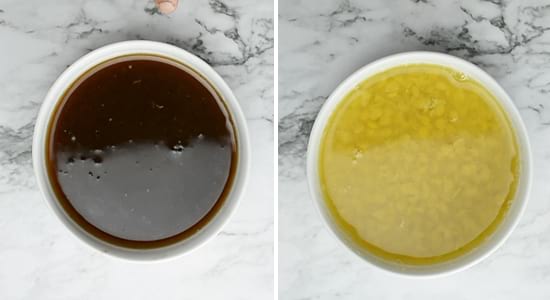
Seasoning:
In a pan, add a tablespoon of cooking oil. Add mustard seeds, urad dal, and fenugreek seeds. Fry them until mustard crackles.
Now add curry leaves, asafoetida powder, and finely chopped onion. Saute until onion turns pink and translucent.
Then add radish, and saute radish for 2 minutes.
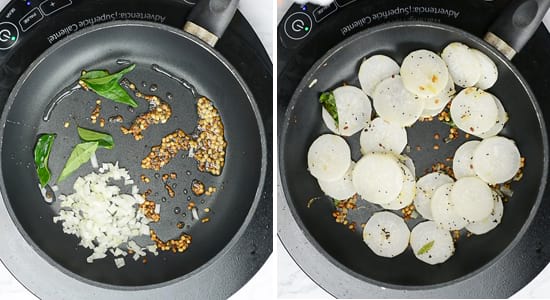
Cooking:
Add 1 cup of water, cooked dal, chili powder, turmeric powder, salt, and roughly chopped tomatoes in a pot. Allow it to boil for about 12-15 minutes or until the radish becomes well done.
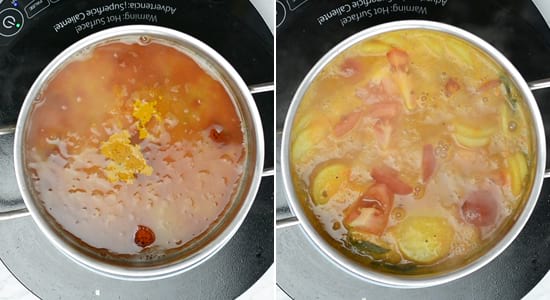
Add the tamarind extract and bring the mullangi sambar to a boil for 12 minutes or until it releases its raw flavor.
Remove it from the stove. Transfer it to the serving bowl.
Serve along with white rice.
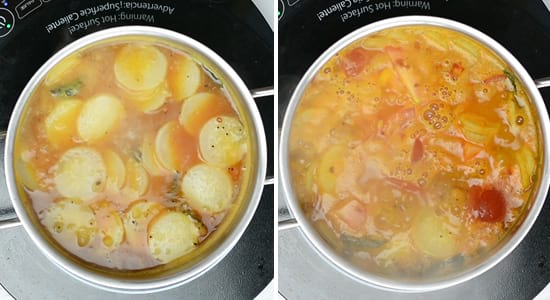
Store the leftover Mullangi Sambar in an airtight container. It is good to use up to 3-4 days if refrigerated. The leftovers can be Idli, dosa, Roti, or chapati.
Other recipes you may like,
Printable recipe card
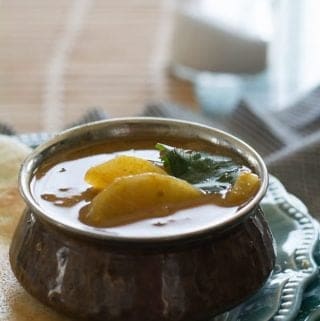
Mullangi Sambar / Radish Sambar
Ingredients
For the tamarind extract
- 2 tablespoon tamarind pulp (size)
- ½ cup water
For the dal
- ⅓ cup split pigeon pea /toor dal
- ⅔ cup water
For seasoning
- 1 tablespoon vegetable oil
- 1 teaspoon black mustard seeds
- 1 tsp teaspoon urad dal /skinless black gram
- 1 teaspoon fenugreek seeds
- 8 curry leaves
- ½ teaspoon asafoetida
- 2 tablespoon onion finely chopped
- 1 cup radish sliced
For making
- 4 cups water approximately
- 1 teaspoon red chili powder
- ¼ teaspoon turmeric powder
- 2 teaspoon salt or as required
- 2 tomato roughly chopped
Instructions
For the tamarind extract
- Soak lemon sized tamarind in ½ cup of water for half an hour.
- Then extract, strain and keep aside.
For the dal
- Add split pigeon pea to the pressure cooker, add water and close the lid.
- Cook in medium heat till the first whistle.
- Then switch to the low heat, and cook for 10 minutes.
- Rest it for 10 minutes to release the steam.
- Set aside.
For seasoning
- In a large pan, add a tablespoon of vegetable oil, mustard seeds, urad dal, and fenugreek seeds.
- Wait till the mustard crackles.
- Now add curry leaves, asafoetida powder and finely chopped onion. Saute until onion turn pink and translucent.
- Then add radish, saute radish for 2 minutes.
For making
- Now add 3 cups of water, cooked dal, red chili powder, turmeric powder, salt, and roughly chopped tomatoes.
- Allow it to boil for about 12-15 minutes or until radish cooked thoroughly.
- Now add tamarind extract, again bring the sambar to boil for 12 minutes or until tamarind leaves out raw flavor.
- Serve hot with steamed rice.


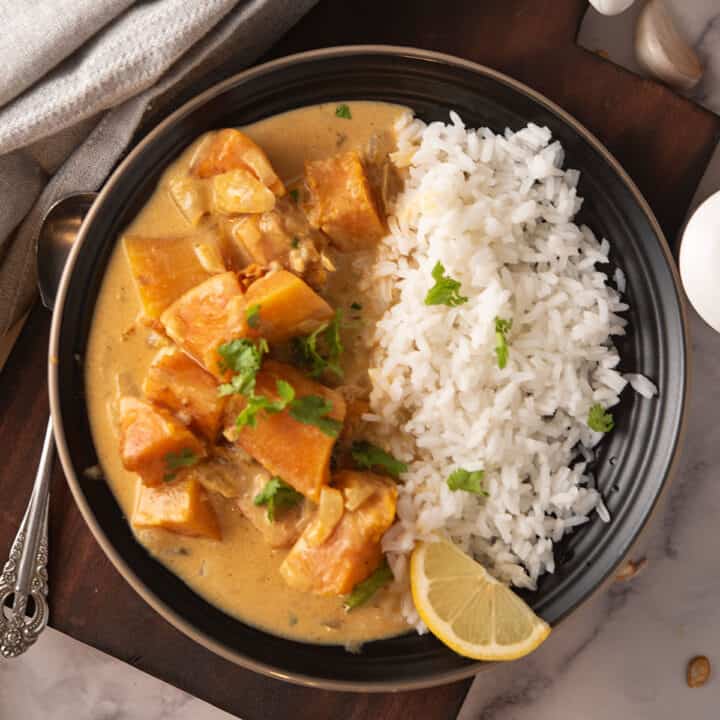
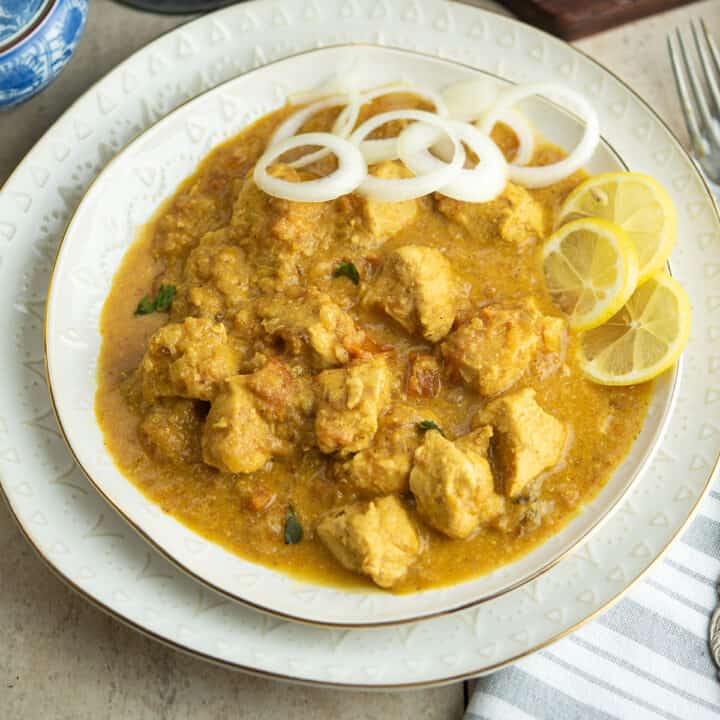
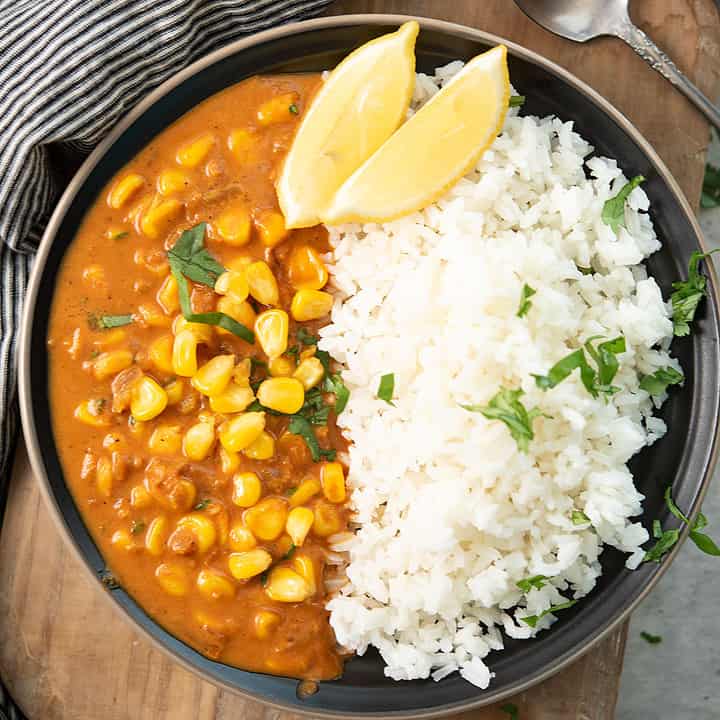
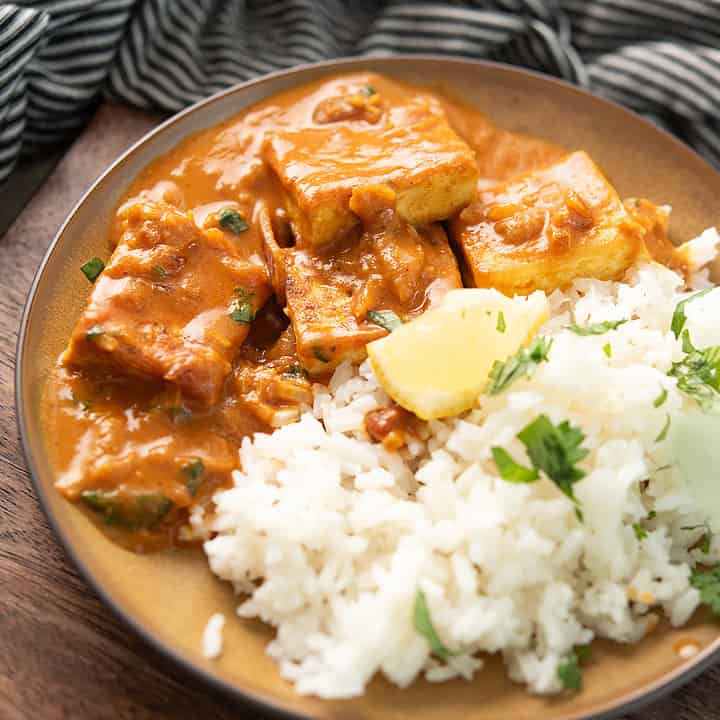
Ron
When you are saying radish, are you referring to the Indian mūlī (I think) radish which would be like a Daikon radish I believe. Our red radish is small and usually eaten on a salad.
I love this dish and would be taking mine with a stack of chapati.
Sujatha Muralidhar
Glad you liked this recipe. And this sambar can be made with any variety of radish. And this dish does taste great with red radish as well. And definitely chapati would also be a best to pair with.